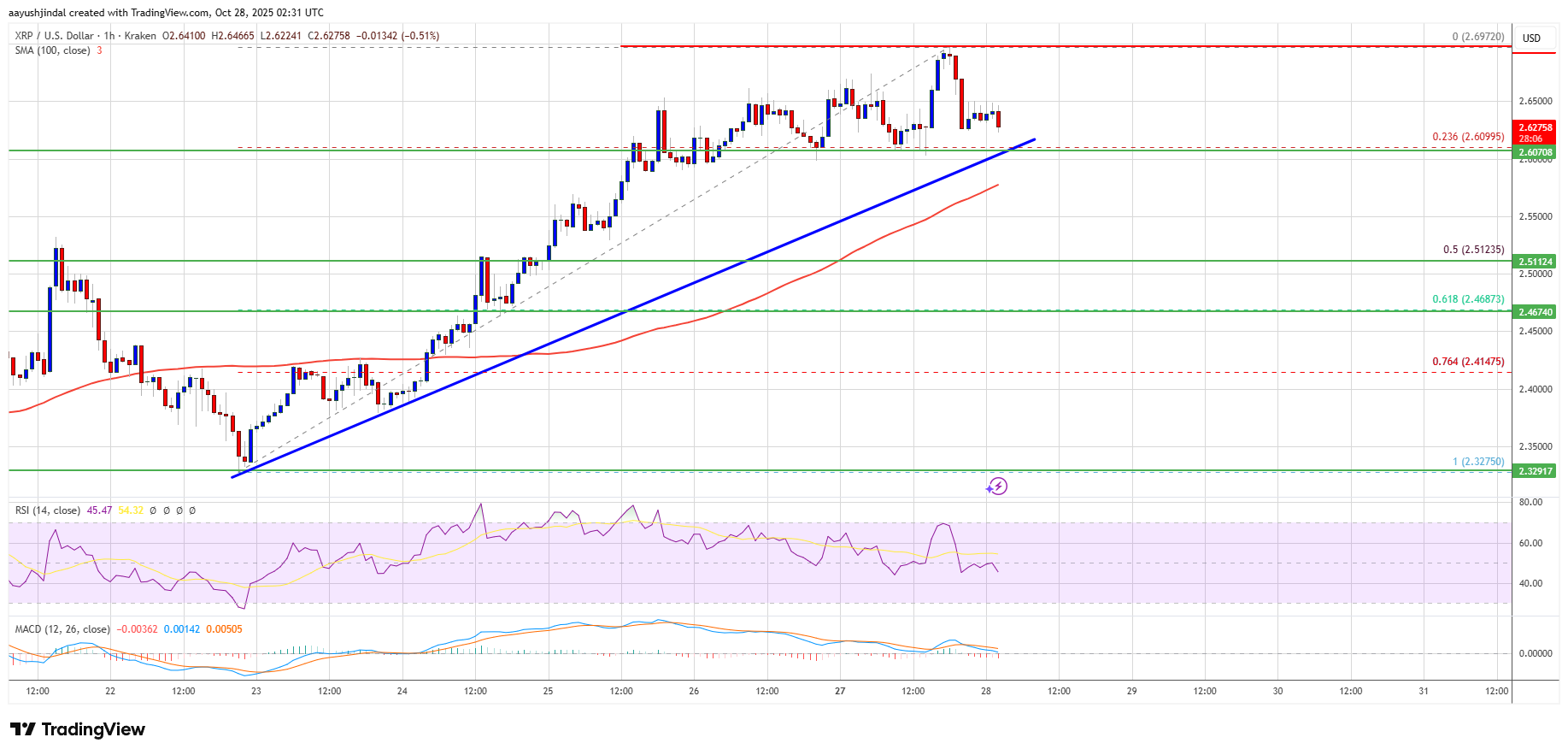Messari: Trading US stocks on Perp DEX, the next new blue ocean
However, current data indicates that it will be difficult to achieve a breakthrough in this field in the short term.
Original Title: Equity Perps: Tall Orders and Slow Beginnings
Original Author: Sam, Messari Researcher
Original Translation: TechFlow
Key Insights:
Equity perpetual contracts remain a high-potential but yet-to-be-validated sector, with limited appeal in on-chain markets, mainly due to audience mismatch, weak demand, and more popular alternatives (such as 0DTE options).
For example, Ostium platform's daily average equity perpetual contract trading volume is only $1.8 million, while crypto perpetual contract trading volume reaches $44.3 million, indicating weak market demand.
This may suggest that market demand has not been fully unleashed due to infrastructure and regulatory constraints. Hyperliquid's recent HIP-3 upgrade provides the best opportunity for equity perpetual contracts, but adoption is expected to be gradual.
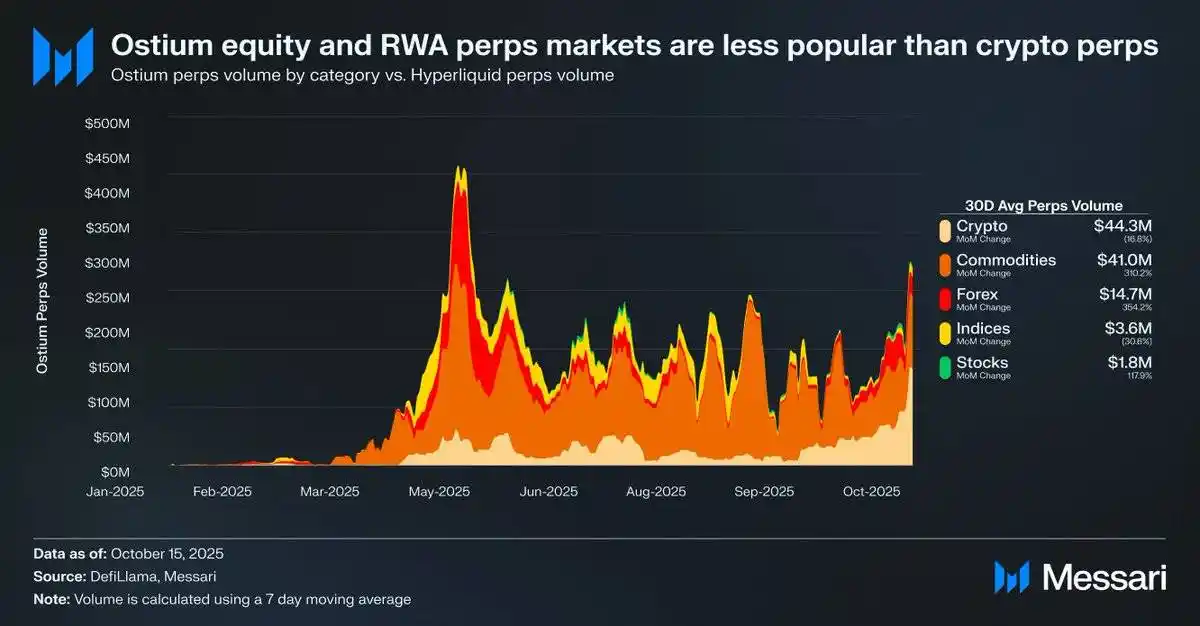
Source: Messari (@0xCryptoSam)
Equity perpetual contracts are considered the inevitable next blue ocean for on-chain markets, but current data suggests that a breakthrough in this field is unlikely in the short term. Ostium, a decentralized perpetual contract exchange focused on real-world assets (RWAs), has a daily average equity perpetual contract trading volume of only $1.8 million, while crypto perpetual contract trading volume reaches $44.3 million, reflecting weak demand.
This adoption gap mainly stems from audience mismatch. On-chain traders have little interest in equities, while traders on off-chain platforms (like Robinhood) can easily trade stocks and options but cannot trade perpetual contracts. International investors may be a potential target group since they cannot directly access the US stock market. However, these investors may prefer to hold stocks directly to gain shareholder rights while avoiding funding fees and liquidation risks.
Compared to tokens, equities face fewer interoperability challenges, while tokens benefit from the convenience of synthetic wrapping. For ordinary investors, almost every stock in the global market has already been abstracted through individual stock codes in the search bar. Therefore, although perpetual contracts add permissionless and censorship-resistant features to equities, ordinary equity investors are either unaware of this or simply not interested.
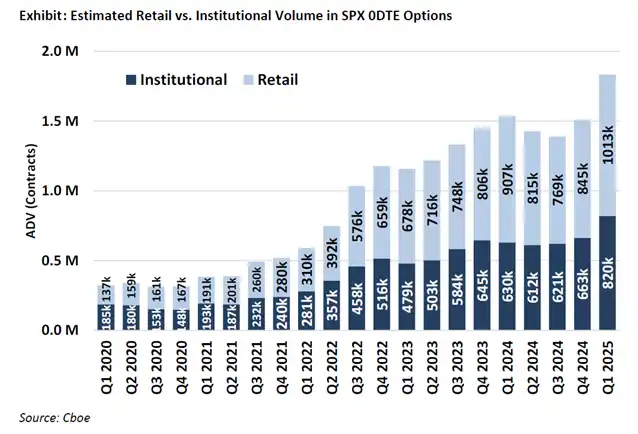
Source: fow
The most likely users of equity perpetual contracts are retail options traders (who drive 50%-60% of 0DTE trading on Robinhood). However, traditional exchanges that rely on banking services will only adopt equity perpetual contracts when the legal framework is clear. The US Commodity Futures Trading Commission (CFTC) has approved perpetual contract trading for BTC and ETH, but both have been classified as non-securities. Although perpetual contracts are more intuitive than options, the path to retail adoption is closely tied to legal clarity, so the popularization of equity perpetual contracts may be slower than expected.
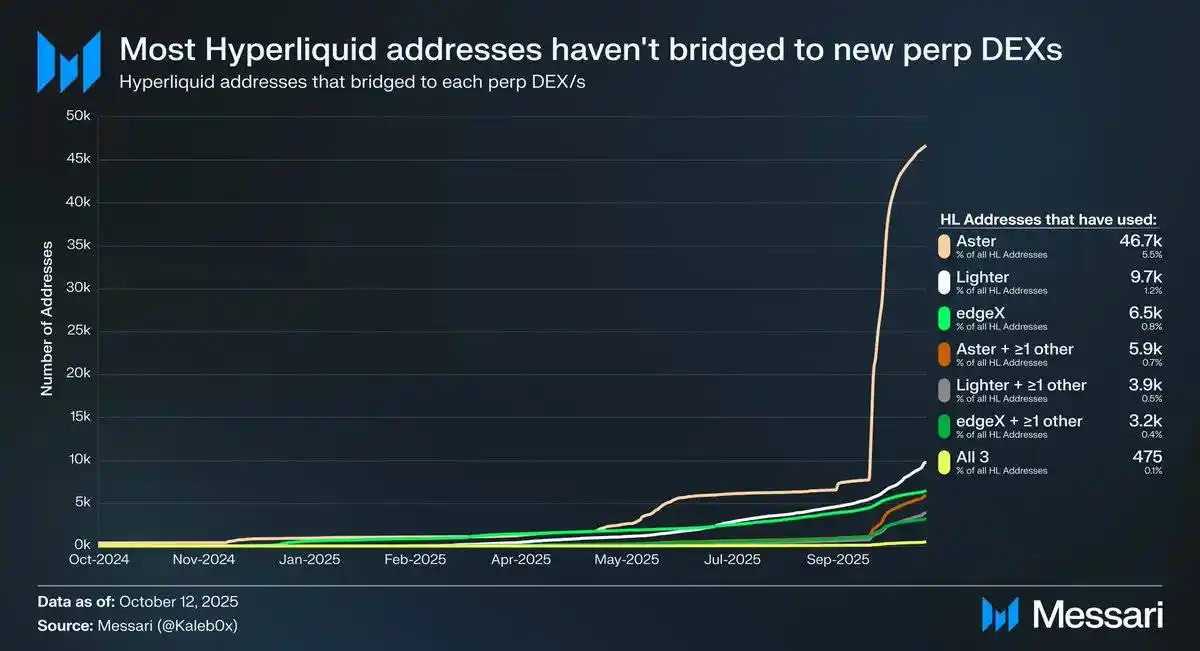
Source: @Kaleb0x
Let's explore the possible development direction of equity perpetual contracts in the context of Hyperliquid's HIP-3 upgrade. HIP-3 introduces a permissionless perpetual contract market, and data shows that fewer than 10% of Hyperliquid addresses have bridged to Aster, Lighter, and edgeX, with even fewer users choosing multiple perpetual contract decentralized exchanges (DEXs). This indicates that Hyperliquid's capital is sticky and of high quality. Based on this data, the future of equity perpetual contracts can be predicted from two perspectives:
Hyperliquid users are loyal to the platform and, regardless of asset listings or features, are more inclined to choose Hyperliquid over other perpetual contract DEXs.
Hyperliquid users are satisfied with the current perpetual contract market products.
I believe both perspectives are reasonable. Considering that Hyperliquid users have not massively shifted funds in the face of incentives, they may be loyal to Hyperliquid. However, since most of the trading volume and open interest on Hyperliquid is concentrated in mainstream assets, similar to other perpetual contract DEXs, it is currently difficult to determine whether Hyperliquid users care about market diversity and whether equity perpetual contracts are attractive to ordinary users (more importantly, to whales holding 70% of Hyperliquid's open interest).
In addition, these traders may also have accounts on traditional trading platforms and brokerage platforms, which further limits the potential market size for equity perpetual contracts on Hyperliquid.
It should be noted that equity perpetual contracts may not bring new open interest or trading volume to Hyperliquid, but may instead divert existing trading flow.
Although Ostium (with an annual perpetual contract trading volume of $22 billion) and equity token wrapping tools (such as xStocks, with a spot trading volume of $279 million) have not yet achieved explosive growth, this may reflect infrastructure limitations rather than a lack of potential demand. This pattern is similar to the early growth trajectory of perpetual contracts. GMX proved that there was demand for on-chain perpetual contract markets, but at that time the infrastructure could not support sustained trading volume. Hyperliquid solved this bottleneck and unleashed potential demand. By the same logic, after HIP-3 provides the necessary performance and liquidity, equity perpetual contracts may find their first scalable product-market fit on Hyperliquid. Although current data cannot confirm this outcome, this precedent is worth watching.
Compared to 0DTE options, the long-term potential of equity perpetual contracts remains obvious. Projects like Trade[XYZ] can leverage regulatory arbitrage to build an early user base before traditional exchanges enter the market. However, the real challenge is attracting off-chain retail traders, which has always been difficult for crypto applications.
Disclaimer: The content of this article solely reflects the author's opinion and does not represent the platform in any capacity. This article is not intended to serve as a reference for making investment decisions.
You may also like
Bitcoin Leverage Nears $40 Billion Ahead of Key Fed Vote
Ethereum Supported On Dips — Buyers Build Strength For Next Leg Higher
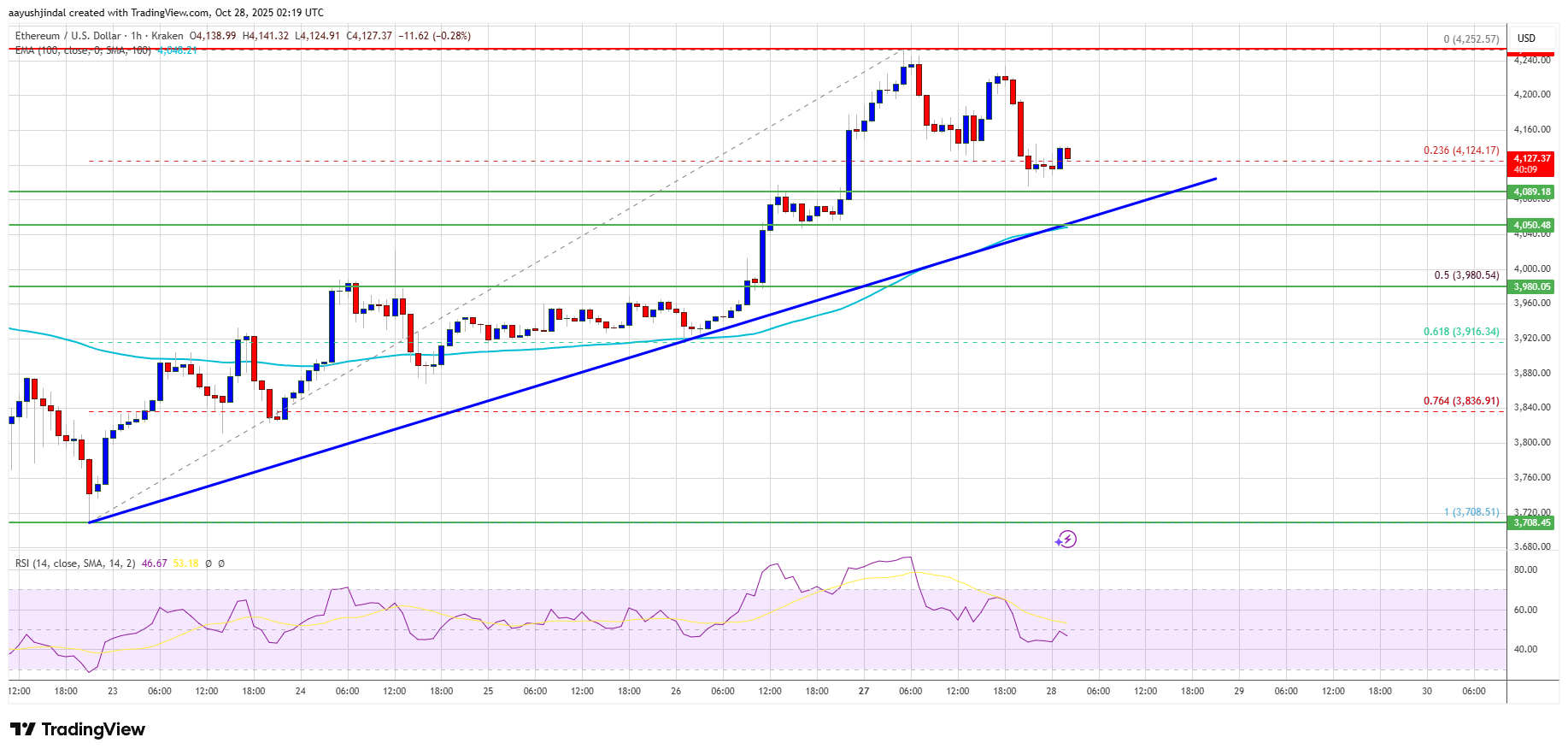
AI agents want to handle your crypto wallet, but is it safe?
XRP Price Prediction: Consolidation Persists — Bulls Need Fresh Push For Breakout
